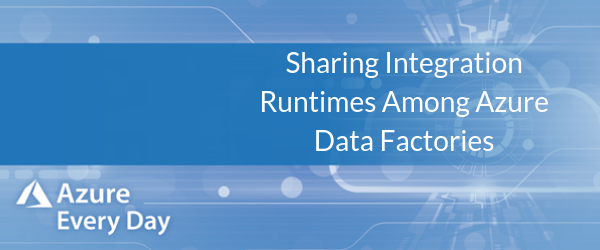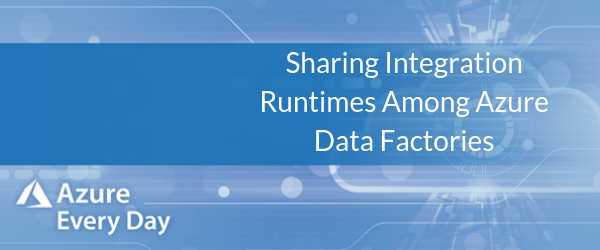Newsletter
Join our blog
Join other Azure, Power Platform and SQL Server pros by subscribing to our blog.


-1.png)
Start with the FREE community plan and get your lifetime access to 20+ courses. Get Instant Access Now!
Need help? Talk to an expert: (904) 638-5743
Private Training
Customized training to master new skills and grow your business.
On-Demand Learning
Beginner to advanced classes taught by Microsoft MVPs and Authors.
Bootcamps
In-depth boot camps take you from a novice to mastery in less than a week.
Season Learning Pass
Get access to our very best training offerings for successful up-skilling.
Stream Pro Plus
Combine On-Demand Learning platform with face-to-face Virtual Mentoring.
Certification Training
Prepare and ace your next certification with CertXP.
Private Training
Cheat Sheets
Quick references for when you need a little guidance.
Nerd Guides
Summaries developed in conjunction with our Learn with the Nerds sessions.
Downloads
Digital goodies - code samples, student files, and other must have files.
Blog
Stay up-to-date on all things Power BI, Power Apps, Microsoft 365 and Azure.
Community Discord Server
Start here for technology questions to get answers from the community.
Affiliate Program
Earn money by driving sales through the Pragmatic Works' Training Affiliate Program.
Reseller Partner
It's time to address your client's training needs.
Foundation
Learn how to get into IT with free training and mentorship.
Management Team
Discover the faces behind our success: Meet our dedicated team
Contact Us
How can we help? Connect with Our Team Today!
FAQs
Find all the information you’re looking for. We’re happy to help.


In this post I’ll talk about self-hosted integration runtimes and the ability to share them across Data Factories and tell you about a new feature that was announced in the Azure Data Factory space.
The integration runtime is essentially the connector that allows you to connect back to your on premises environment and safely and securely move data between Azure and that on-prem environment for Data Factories. This is a dedicated application for Azure Data Factory that’s similar to the on premises Data Gateway.
Here’s where this new feature helps. Up until now, Data Factories could not share integration runtimes. So, if you needed to set up different Data Factories to connect back to on-prem data, databases or flat files, etc., you would have to set up individual integration runtimes for those various Data Factories or pipelines going across multiple Data Factories.
With this newly announce feature comes some new terminology: shared integration runtime and a linked integration runtime. Shared integration runtime is basically the standard integration runtime you’re used to, however now it can be shared. And when it is shared, it will have a subtype that’s shared with other Data Factories.
So, you’ll have your main shared integration runtime and on top of that you’ll have a linked integration runtime, which is a linked integration runtime that references the infrastructure of another self-hosted IR. That link points back to a shared IR and allows you to share among multiple Data Factories.
With this straightforward process, you install the integration runtime in your environment, set up your linked service within your Azure Data Factory and then connect it through that linked service. Then you’re ready to pull the data that you need into the cloud and do transformations and push it out to Azure Data Warehouse, Azure Data Bricks, etc.
This cool new technology allows you to get your data to the cloud much easier and more efficiently. If you have questions around integration runtimes or Azure Data Factory or anything Azure related, you’re in the right place. Click the link below or contact us—we’d love to help.

ABOUT THE AUTHOR
Free Trial
private training
Newsletter
Join other Azure, Power Platform and SQL Server pros by subscribing to our blog.


-1.png)
Leave a comment